13 Slow-Burn Horror Films Worth the Patience
Slow-burn horror films are not for everyone, but they have a special way of pulling you in. These movies take their time to build tension, leading to some of the most haunting experiences in cinema. Instead of relying on jump scares, they focus on atmosphere, characters, and the slow reveal of fear. If you have the patience to stick with them, they reward you with moments that linger long after the credits roll.
This post may contain affiliate links, which helps keep this content free. Please read our disclosure for more info.
The Witch (2015)
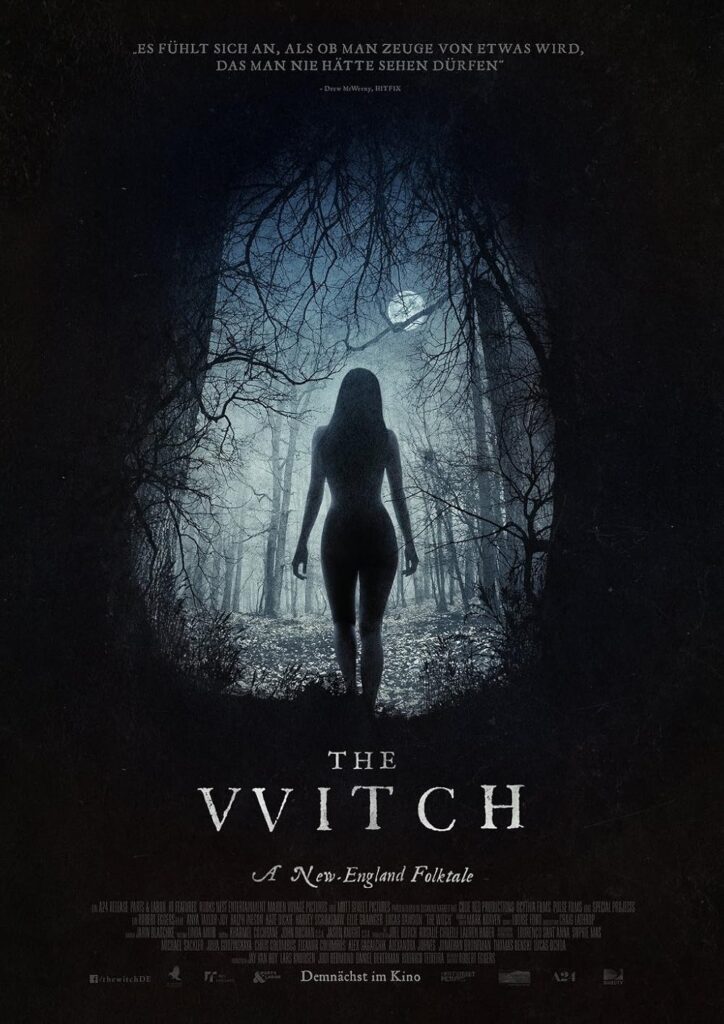
“The Witch” is set in 17th-century New England, where a Puritan family faces strange and sinister forces in the woods. The film takes its time building a sense of dread, focusing on the family’s isolation and the unsettling events around them. Its slow pacing creates an atmosphere of anxiety that tightens with every scene. As the tension builds, the story gradually leads to a chilling and unexpected climax.
The film relies on atmosphere rather than sudden scares, drawing its horror from the psychological and emotional breakdown of its characters. The stark, bleak visuals and haunting soundtrack amplify the growing sense of doom. While the plot might seem slow to some, the payoff is well worth it for those who appreciate a gradual unraveling of terror. “The Witch” is a standout in slow-burn horror, offering a unique, thought-provoking experience.
It Follows (2014)
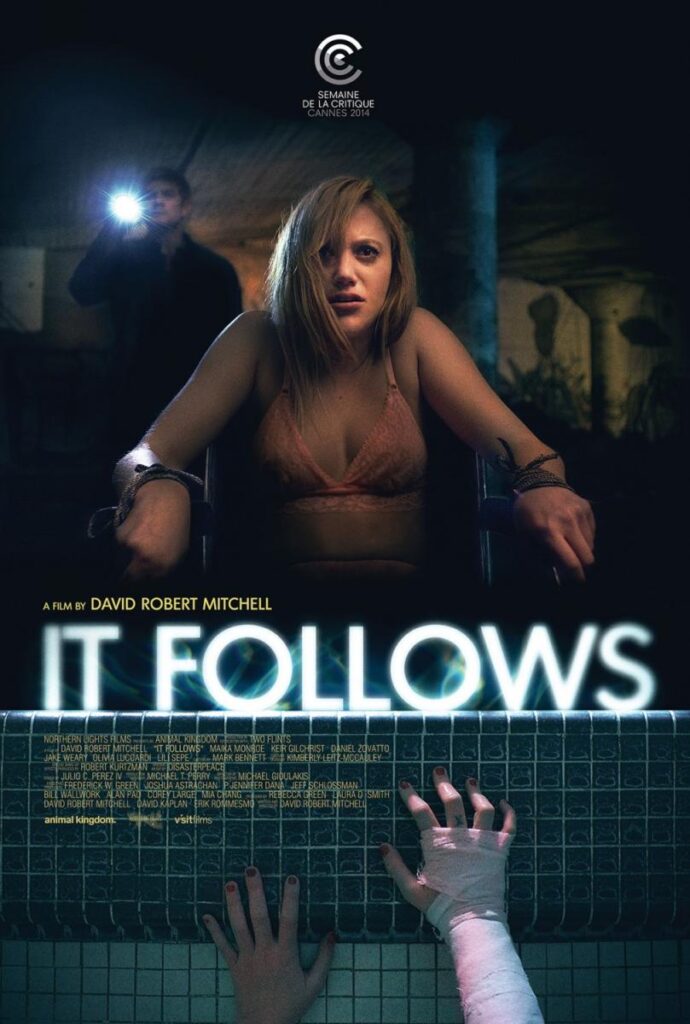
“It Follows” is a refreshing take on the horror genre, where an unseen entity relentlessly pursues its victims. The story follows a young woman who becomes the target of a supernatural force after a seemingly innocent encounter. The film builds tension with its eerie atmosphere and minimalistic soundtrack, avoiding the usual horror tropes. The slow pacing allows the tension to rise steadily, making each moment feel more dangerous than the last.
What sets “It Follows” apart is its sense of inevitability and the way it turns the concept of a curse into something both simple and terrifying. The supernatural entity can take any form, which keeps viewers on edge throughout. The film’s slow progression keeps the viewer intrigued, offering a different kind of horror where the fear grows rather than erupts. It’s a must-watch for those who enjoy psychological horror that lingers long after the screen goes dark.
Hereditary (2018)
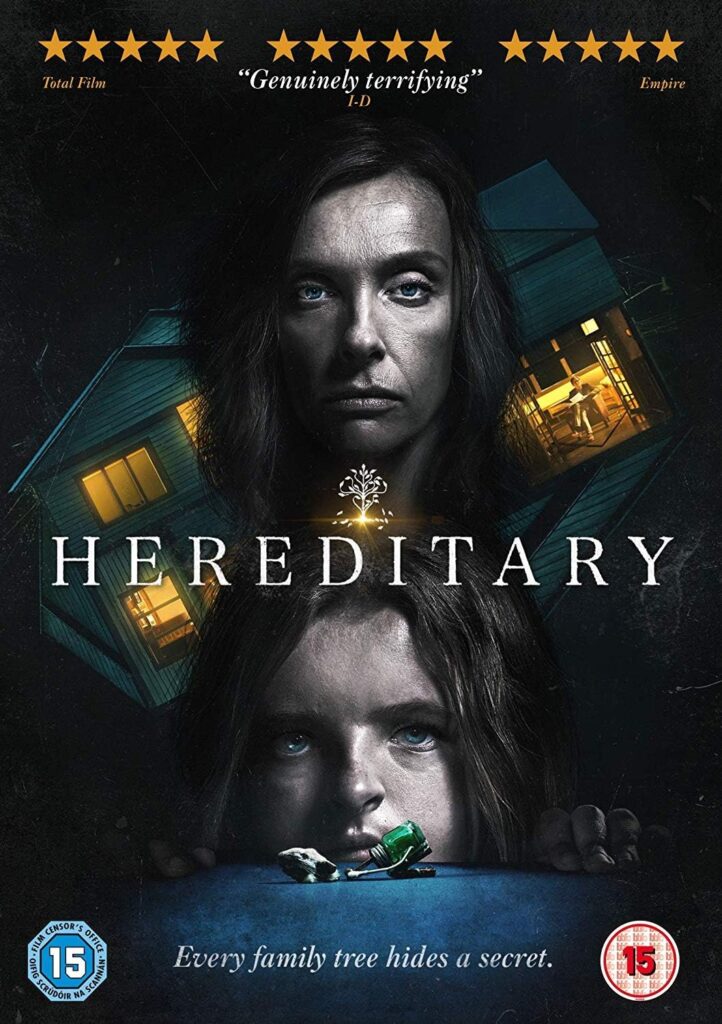
“Hereditary” is a deeply unsettling film that explores grief, family secrets, and the supernatural. The movie takes its time to develop the characters and their relationships, allowing the horror to seep in gradually. The first half of the film builds an emotional connection with the audience, making the horrific events that follow even more impactful. As secrets unravel, the dread intensifies, leading to some of the most disturbing moments in modern horror.
The film’s slow pace creates a sense of creeping unease, while its shocking final acts deliver a powerful, gut-wrenching conclusion. “Hereditary” is a slow-burn that takes its time to dig into the complexities of human emotion, family trauma, and the supernatural. This approach makes its horror feel more real and terrifying, leaving an emotional impact that stays with viewers long after they’ve finished watching.
Midsommar (2019)
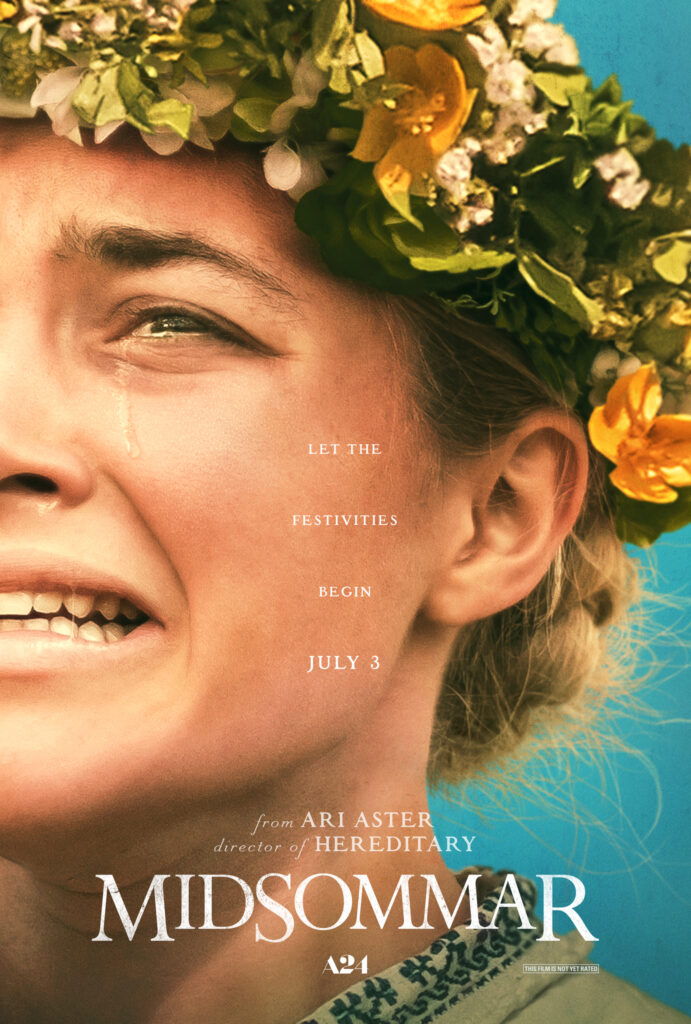
From the director of “Hereditary,” “Midsommar” is a slow-burn horror film that takes place in broad daylight. The movie follows a group of friends who travel to Sweden to attend a rural pagan festival, only to discover that the festivities hide a dark and sinister purpose. The horror builds gradually as the group becomes increasingly uncomfortable and trapped within the cult’s rituals. The film’s pacing allows the tension to rise slowly, with each strange event compounding the dread.
What sets “Midsommar” apart is its ability to create horror in the daylight, making the unsettling events feel even more surreal. The slow progression of the story and the emotional turmoil of the characters deepen the impact of the film’s shocking moments. The beauty of the setting contrasts with the mounting horror, creating a disorienting experience for the viewer. “Midsommar” is a unique and disturbing film that demands patience and rewards viewers with a deeply uncomfortable yet fascinating narrative.
The Babadook (2014)
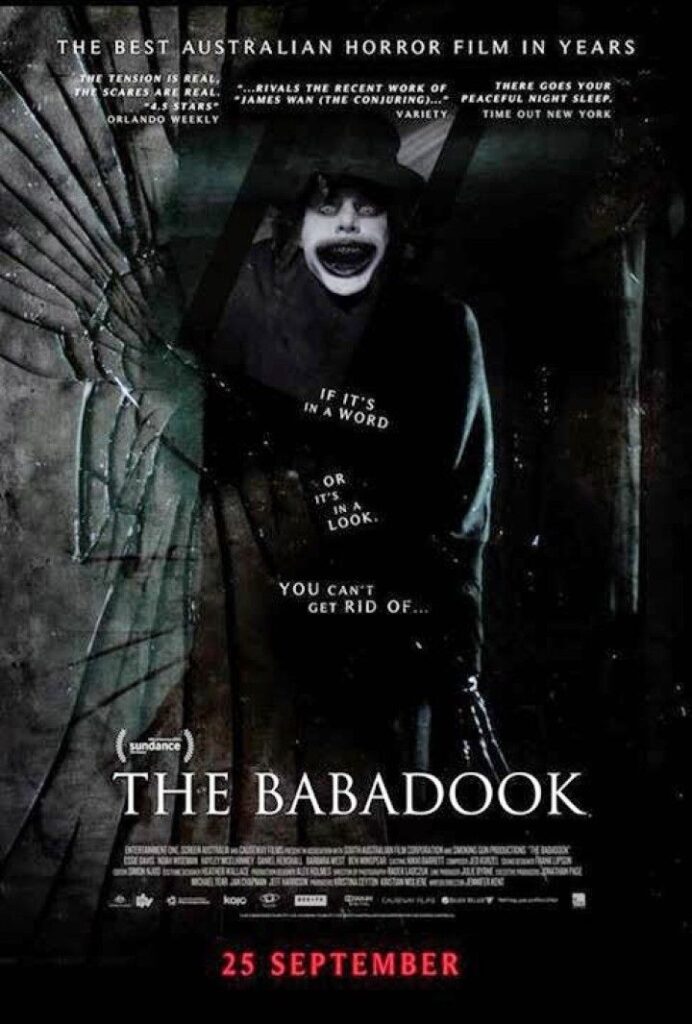
“The Babadook” is a psychological horror film that focuses on the trauma of grief and motherhood. The film follows a widow, Amelia, and her young son, Samuel, who are haunted by a mysterious creature from a children’s book. As the story unfolds, the creature’s presence grows, but it’s unclear whether it’s a manifestation of Amelia’s own psychological struggles or a supernatural being. The slow buildup of tension allows the psychological aspects of the film to take center stage.
The horror in “The Babadook” is more about the fear of facing inner demons rather than external threats. The pacing is deliberate, creating a sense of claustrophobia as Amelia’s mental state deteriorates. The film’s focus on emotional depth, rather than constant scares, makes the final moments feel even more terrifying. This is a film that stays with you, offering a chilling exploration of grief and the haunting effects it can have on the mind.
The Others (2001)
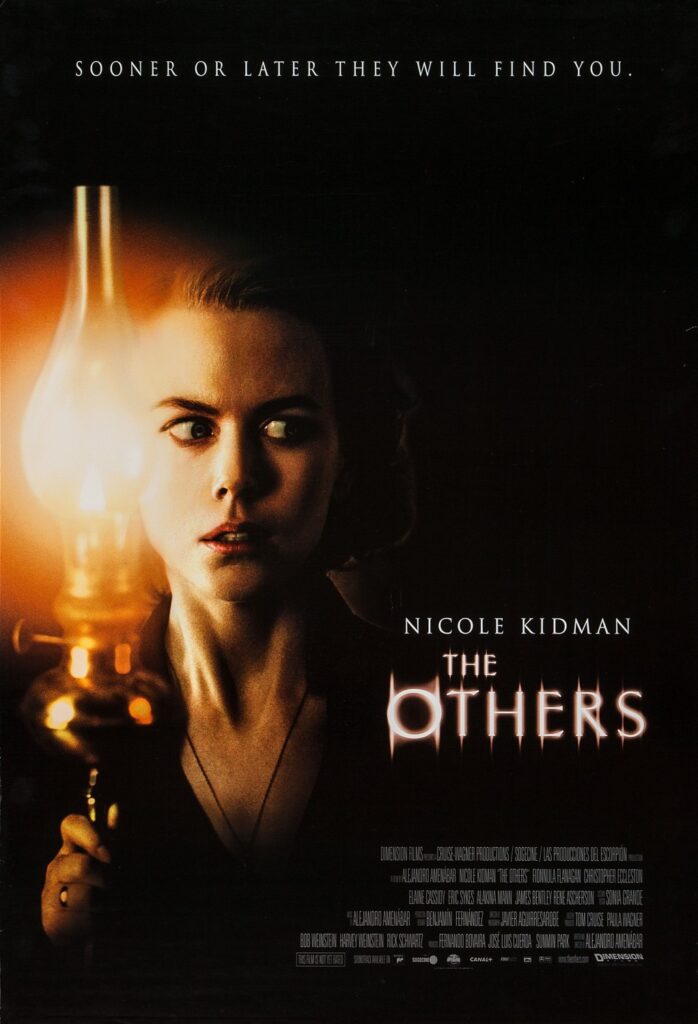
In “The Others,” a woman and her two children live in an isolated mansion, convinced that it is haunted. The film builds slowly, focusing on the eerie atmosphere and the growing sense of dread in the household. The suspense mounts as the characters begin to experience strange occurrences, but the truth remains hidden. The gradual pacing allows the suspense to build to a point where the film’s shocking twist hits harder.
“The Others” is a masterclass in slow-burn tension, offering a haunting atmosphere and psychological depth. The film relies heavily on mood and atmosphere, keeping the horror restrained until its powerful climax. Its deliberate pace allows viewers to fully invest in the characters’ journey, making the final revelation more impactful. This film is perfect for those who enjoy horror that creeps up on them, making the ending all the more satisfying.
The Lighthouse (2019)
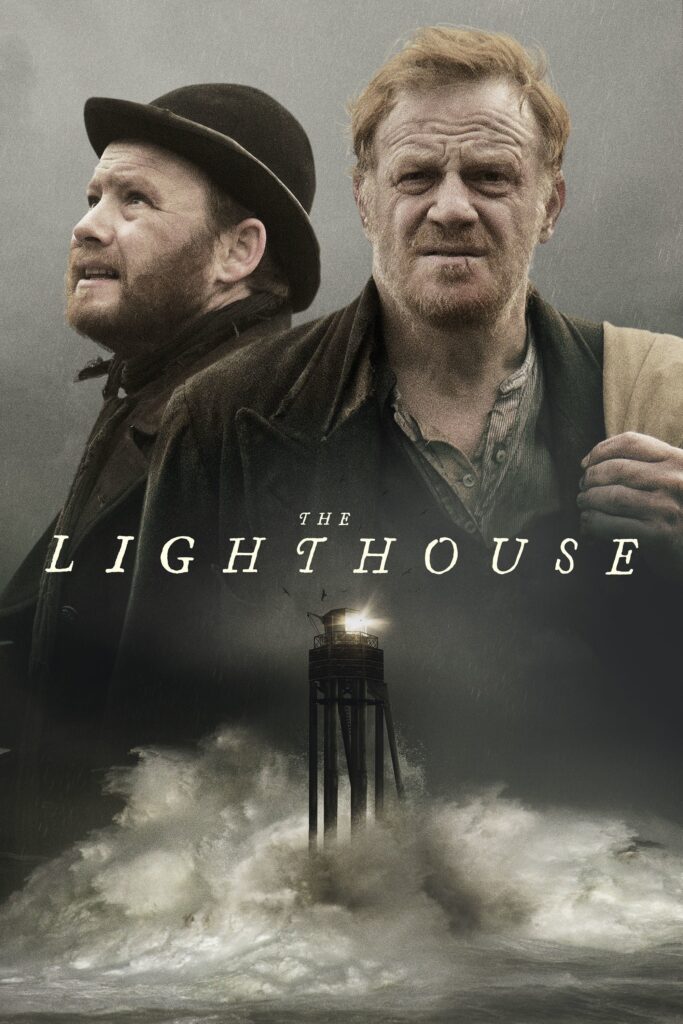
“The Lighthouse” is a psychological horror film that takes place in a remote lighthouse where two men descend into madness. The film’s pace is slow and deliberate, allowing the tension between the two characters to build over time. The isolation and deteriorating mental states of the men contribute to an eerie atmosphere, where reality and delusion blur together. The movie plays with symbolism, making every scene feel significant and unnerving.
The slow-burn aspect of “The Lighthouse” enhances its sense of impending doom, as the men’s mental states begin to unravel. The dialogue and the performances are intense, adding to the feeling of claustrophobia. The film’s pacing allows the surreal elements to come to the forefront, creating a disorienting and terrifying experience. “The Lighthouse” is a unique and thought-provoking horror film that rewards viewers with a slow, intense build toward madness.
The Invitation (2015)
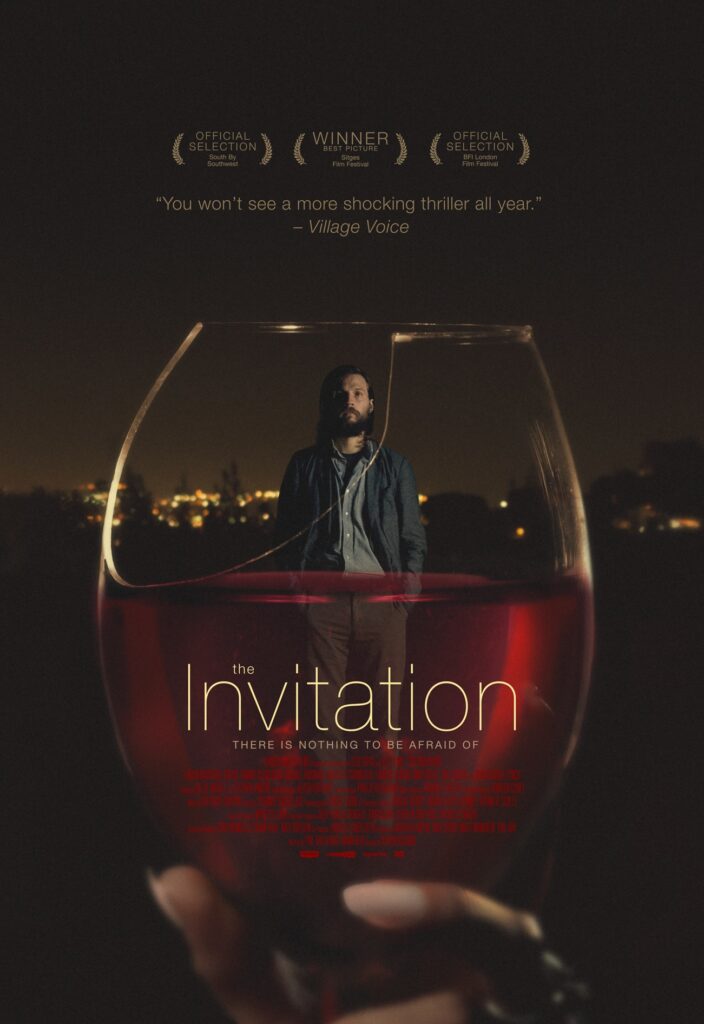
“The Invitation” is a slow-burn thriller that takes place during a dinner party hosted by an old friend. As the night progresses, the guests begin to feel increasingly uncomfortable with the strange behavior of the hosts. The film slowly builds tension as subtle clues and odd interactions hint at something much darker beneath the surface. The pacing of the film allows the suspense to grow quietly, making the eventual payoff all the more shocking.
The horror in “The Invitation” comes from the fear of the unknown and the gradual realization that something is terribly wrong. The slow buildup lets the viewer become immersed in the atmosphere, where every conversation feels charged with unease. As the night unfolds, the dread intensifies, leading to a thrilling conclusion. This film is a great choice for those who appreciate suspenseful, tension-filled horror.
Under the Shadow (2016)
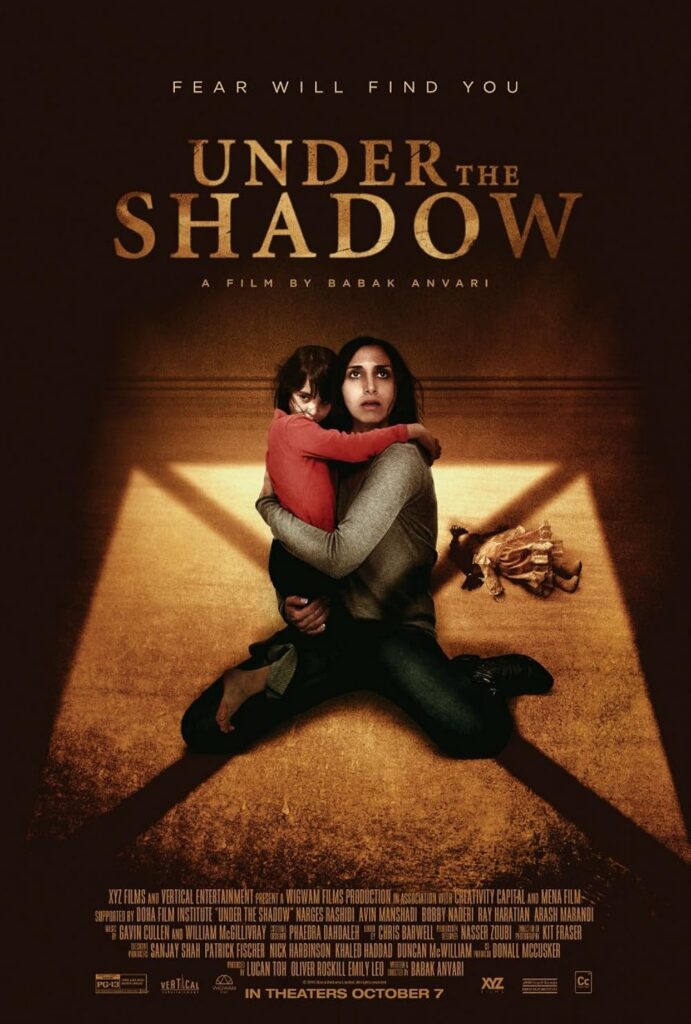
Set in post-revolutionary Tehran, “Under the Shadow” follows a mother and daughter who are haunted by a mysterious force in their apartment. The film takes its time to develop the relationship between the characters while slowly building an atmosphere of dread. The supernatural elements are tied to the social and political unrest of the time, adding depth to the story. The slow pacing allows the film to explore the emotional and psychological horror of living in such a volatile environment.
“Under the Shadow” masterfully combines supernatural horror with real-world trauma. The tension in the film rises gradually as the mother and daughter’s relationship becomes strained, and the dark forces intensify. The film’s setting and historical context add layers to the narrative, making it more than just a typical ghost story. It is a slow-burn horror film that rewards viewers with its subtle yet powerful storytelling.
The Ring (2002)
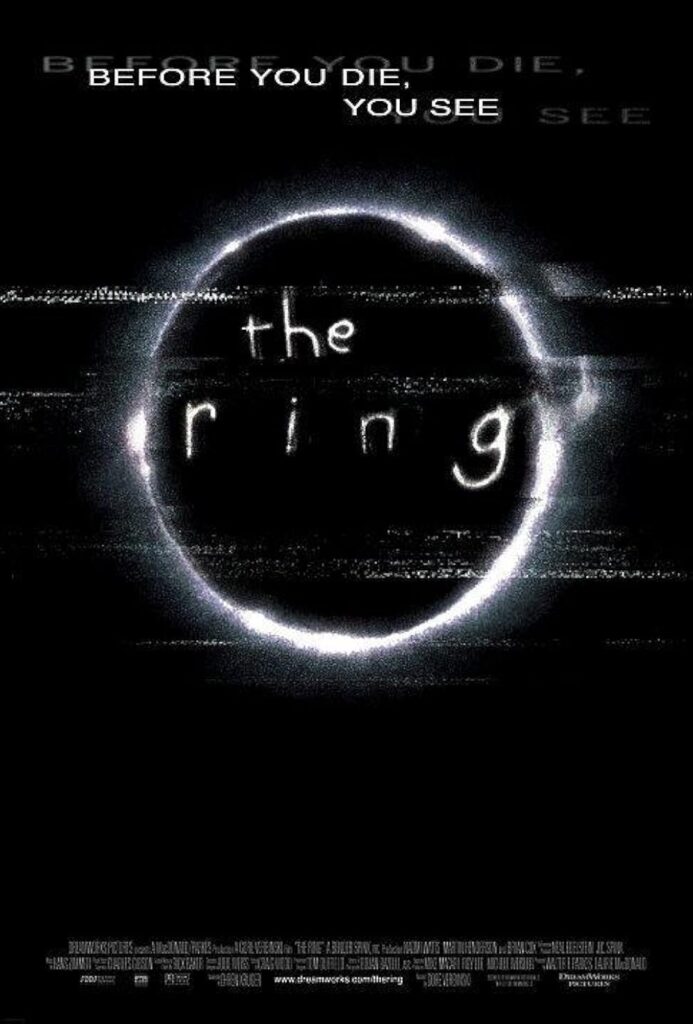
“The Ring” is a psychological horror film about a cursed videotape that causes the viewer to die seven days after watching it. The film unfolds at a measured pace, gradually revealing clues that hint at the curse’s origins. The slow buildup of tension is heightened by the film’s eerie atmosphere and the creeping dread that something terrible is about to happen. The film’s pacing allows the horror to feel like a slow, inevitable force, leading to a terrifying conclusion.
What makes “The Ring” so effective is its ability to turn a simple concept into something deeply unsettling. The film takes its time to explore the mystery behind the tape and the supernatural forces at play. The slow-burn nature of the film creates a sense of urgency and fear as the characters race against time to uncover the truth. “The Ring” is a chilling experience for those who enjoy horror that slowly builds toward a terrifying climax.
The Sixth Sense (1999)
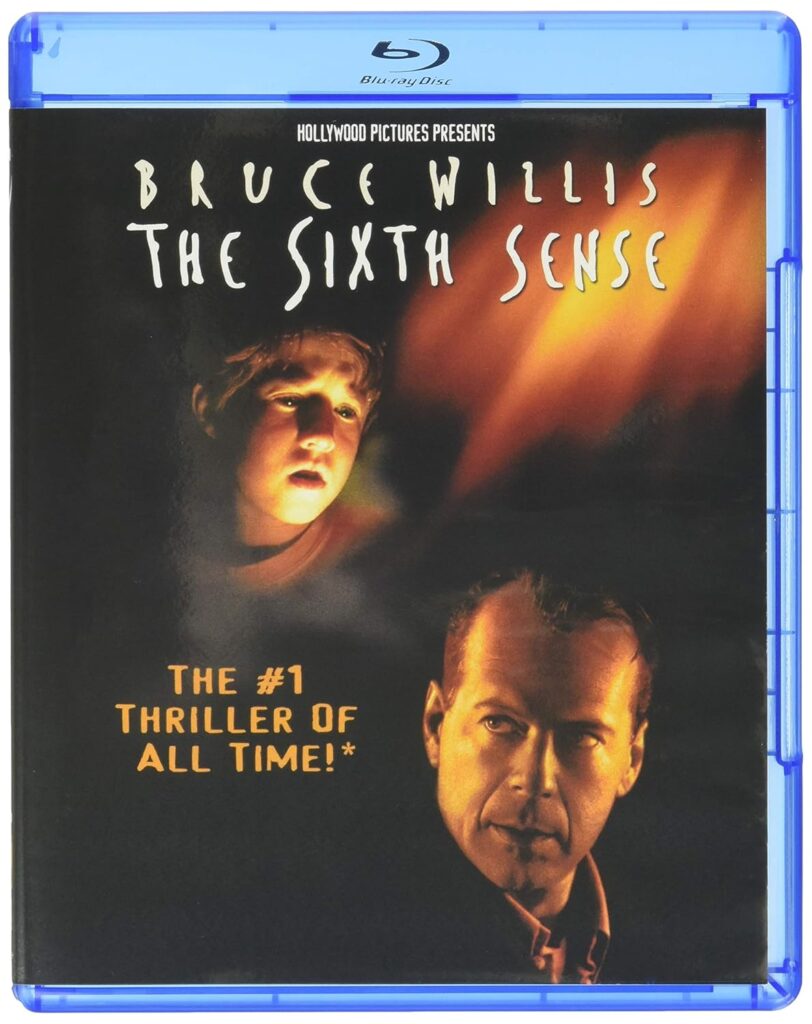
“The Sixth Sense” is a psychological horror film that revolves around a young boy who can see dead people. The film’s pacing is deliberate, allowing the audience to connect with the characters and their struggles. As the boy works with a child psychologist to understand his gift, the film slowly unravels its mystery. The suspense builds quietly, leading to one of the most famous twists in film history.
The horror in “The Sixth Sense” is subtle and grounded in emotional depth, which makes the film more unsettling. The slow build-up and quiet tension make the final revelation all the more impactful. It is a film that rewards patience, as the payoff feels both surprising and heartbreaking. “The Sixth Sense” is a classic in slow-burn horror, combining psychological depth with a chilling narrative.
Don’t Look Now (1973)
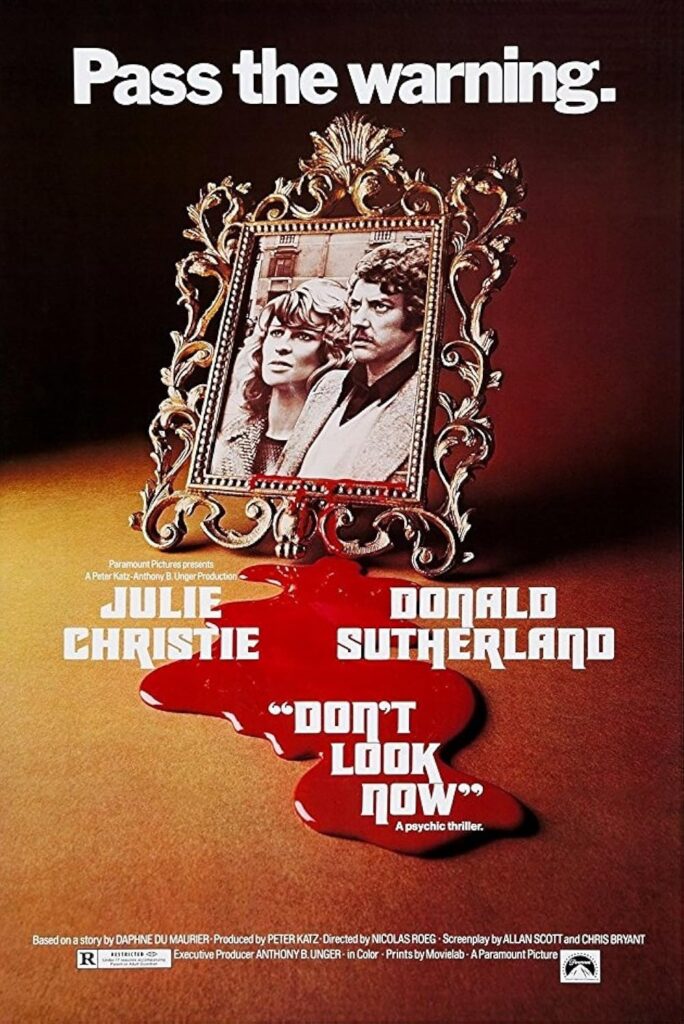
“Don’t Look Now” is a slow-burn psychological horror film that focuses on grief, loss, and the supernatural. The story follows a couple who are mourning the death of their young daughter, only to encounter strange occurrences in Venice. The film slowly builds its tension, using unsettling imagery and a sense of dread that permeates every scene. The pacing allows the emotional weight of the film to settle in, making the horror even more disturbing.
What makes “Don’t Look Now” so effective is its ability to blend personal trauma with supernatural horror. The slow progression of the film allows viewers to become immersed in the couple’s emotional journey, heightening the impact of the film’s terrifying moments. Its eerie atmosphere and psychological depth make it a standout in the slow-burn horror genre. This is a film that lingers in your mind long after it’s over.
The Innkeepers (2011)
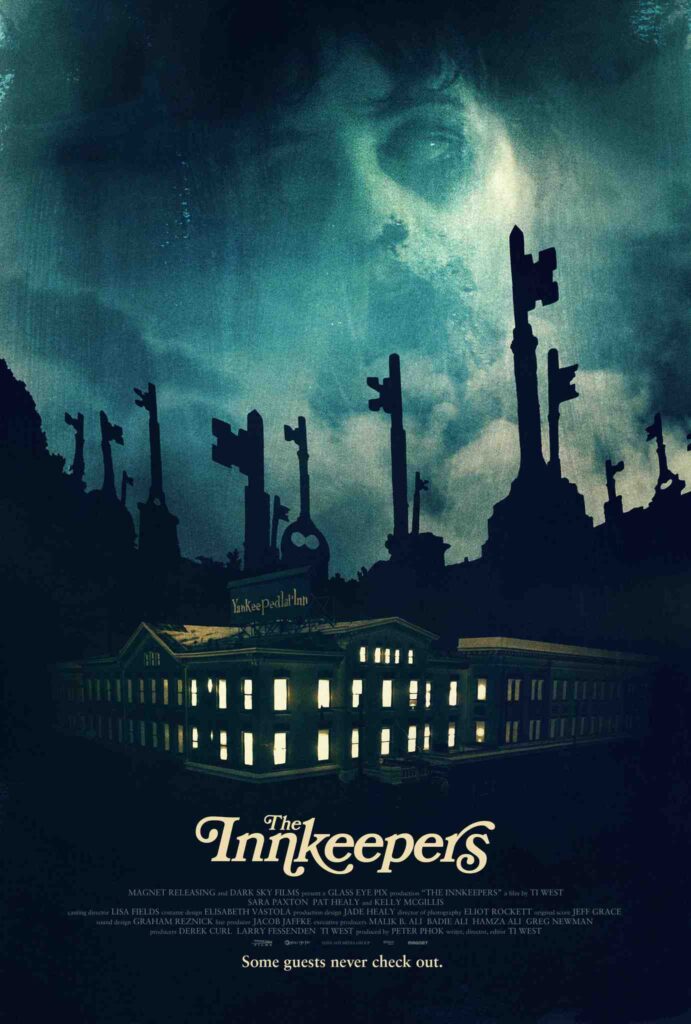
In “The Innkeepers,” two employees of an old, supposedly haunted hotel investigate the eerie occurrences that have plagued the building for years. The film takes its time to establish the characters and the setting, which makes the eventual scares feel earned. The slow buildup allows the tension to mount gradually, with a focus on atmosphere rather than outright scares. As the story progresses, the sense of unease deepens, drawing the viewer into a world of supernatural mystery.
What makes “The Innkeepers” so effective is its subtle approach to horror. The film is more interested in creating an eerie, uncomfortable atmosphere than in providing immediate shocks. As the tension builds, the supernatural elements begin to feel more real and pressing, culminating in a spine-chilling final act. This slow-burn horror film offers a unique take on the haunted hotel genre, offering a rewarding experience for those who appreciate a more methodical build toward terror.
This article originally appeared on Avocadu.
